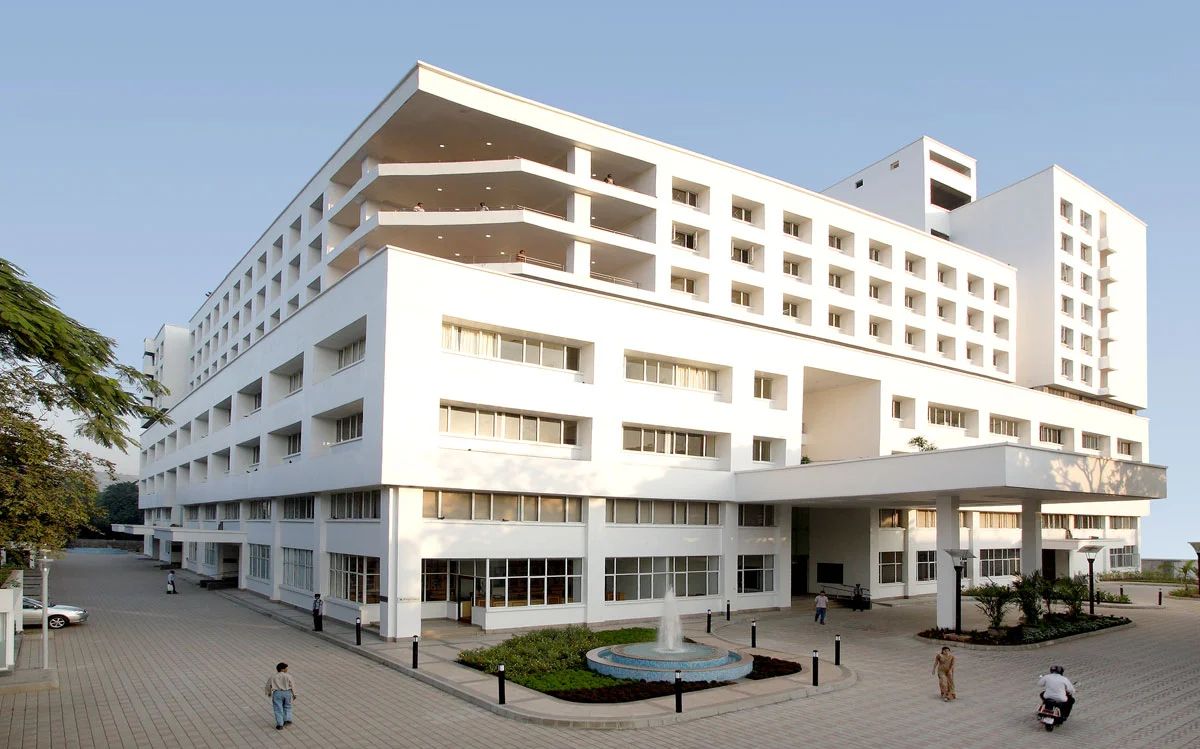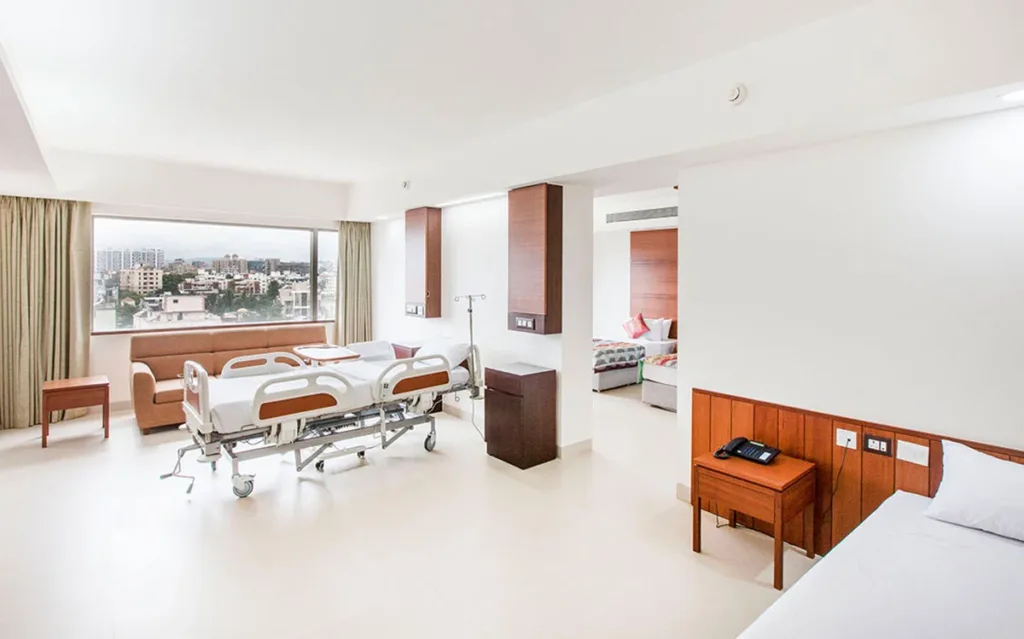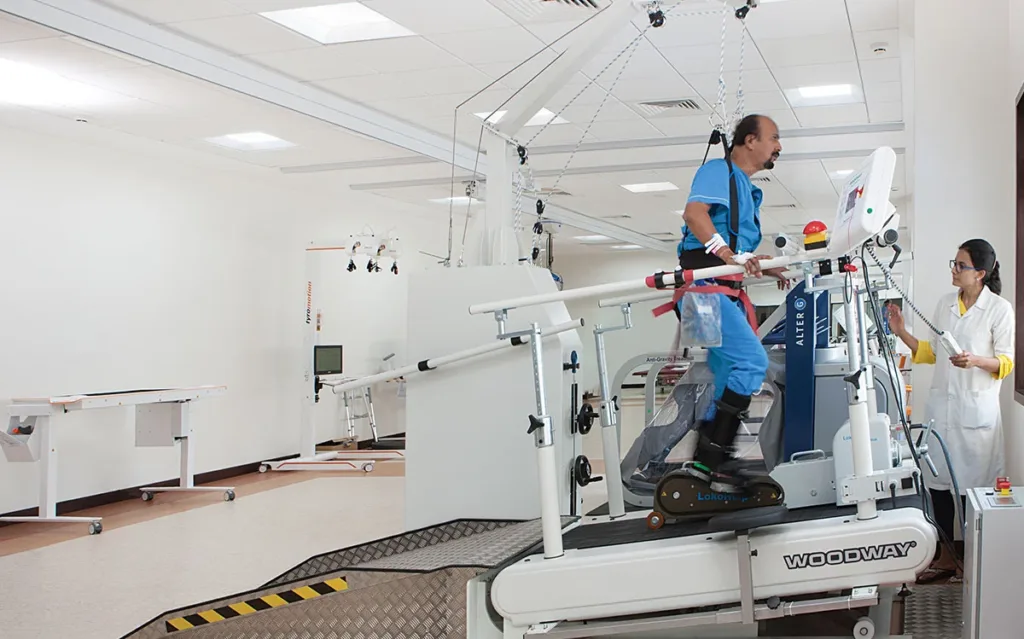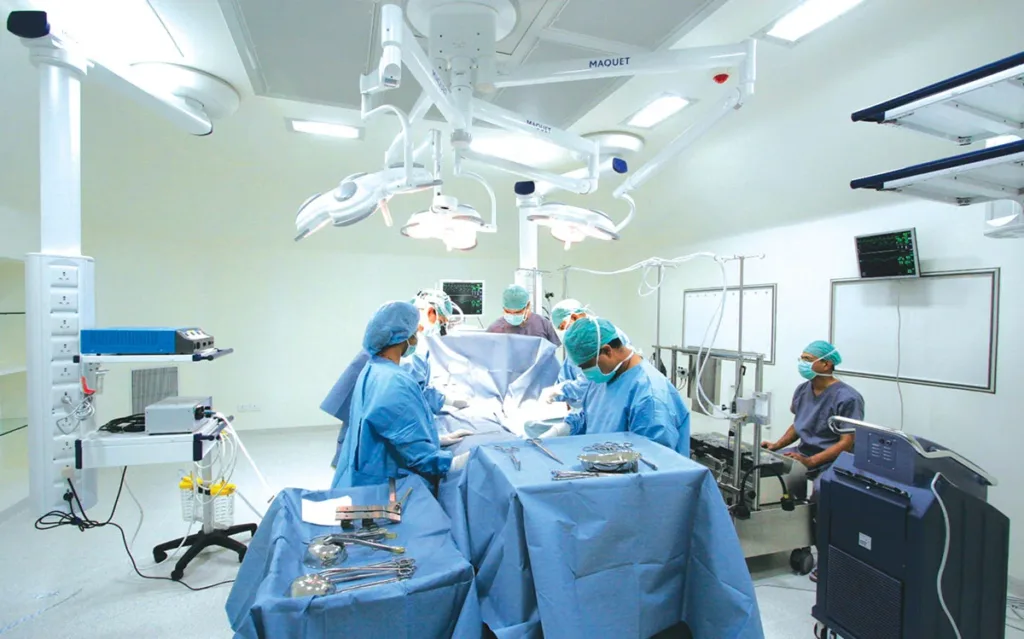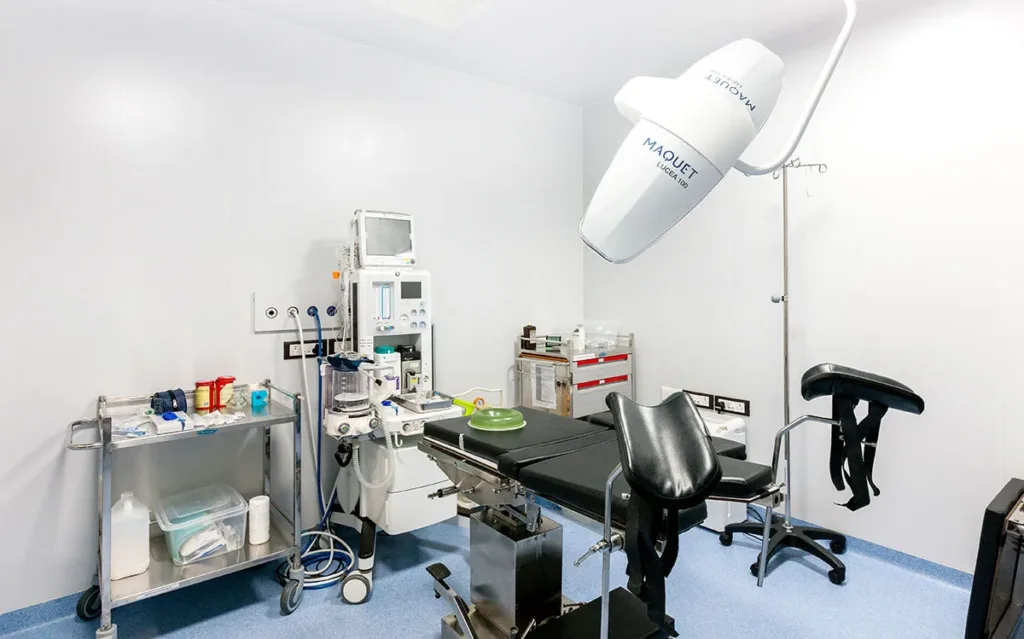
Angioplasty in India at a Fraction of the U.S. Cost
Don’t let exorbitant costs compromise your heart health. With 20+ years of experience, we provide access to JCI-accredited hospitals and elite surgeons in India for your angioplasty procedure.
The Clear Advantage of Choosing India
Tired of the U.S. healthcare maze? See how we offer a better path to cardiac wellness.
Save Up to 80%
An angioplasty in the U.S. can cost over $32,000. Our all-inclusive packages in India start from just $3,500, with no hidden fees. Your savings can cover travel for you and a companion, with plenty left over.
Uncompromising Quality
We partner exclusively with JCI-accredited hospitals, the same gold standard for quality and safety met by top U.S. medical centers. Expect state-of-the-art equipment and internationally recognized protocols.
Immediate Treatment
Why wait weeks or months for an elective procedure? In India, your angioplasty can be scheduled almost immediately, putting you on the path to recovery without delay and anxiety.
Our Unwavering Commitment to Your Health & Safety
We understand your concerns about receiving medical care abroad. That’s why we’ve built our 20-year reputation on a foundation of trust, quality, and exceptional outcomes.
Transparent Pricing. No Surprises.
Angioplasty Package In India
USD $4,500
All-inclusive
- JCI-Accredited Hospital
- Procedure (1 Drug-Eluting Stent)
- Surgeon & Anesthetist Fees
- All Pre-op Tests & Medications
- Private Hospital Room
- Service Apartment & Food
- Airport pick-up & drop
- Dedicated Patient Coordinator
- Post-Op care in Hospital
Angioplasty Package In U.S.
USD $32,000+
Typical Procedure Cost
This often does not include surgeon fees, anesthesia, or even the full hospital stay. With insurance, out-of-pocket costs can still be $5,000 – $10,000+.
With Treatment Possible, you get absolute clarity and a single, affordable price for superior care.
Your Trusted Partner for Over 20 Years
We are not just a facilitator; we are your dedicated guide. With two decades of experience helping international patients, we understand your concerns and needs intimately. We manage every detail, so you can focus solely on your recovery.
Travel Assistance
Help with VISA, flights, and pick-drop from airport.
Coordinated Care
All appointments, accommodations & admissions handled.
No Language Barrier
English-speaking staff and translators.
Post-Op Needs
Get Medications at a much cheaper cost.
Explore Our world-class partner hospitals
Take a virtual tour of our NABH & JCI-accredited facilities. We’ve chosen partners known for their advanced technology, patient-centric care, and clinical excellence.
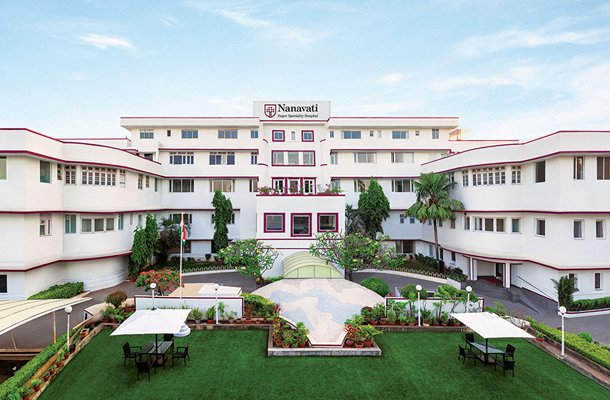
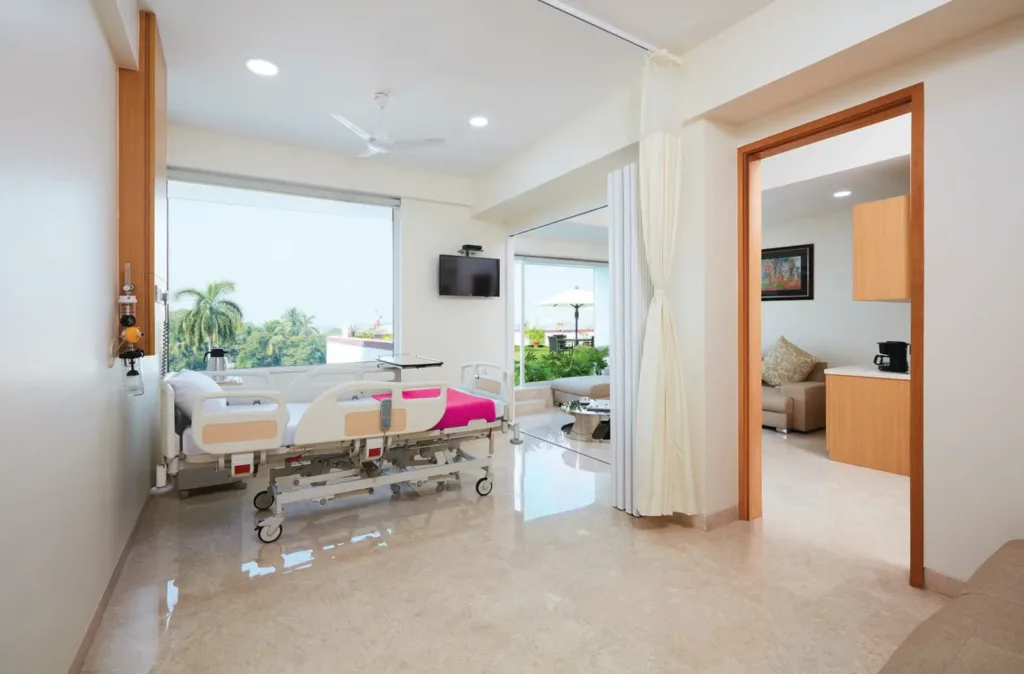
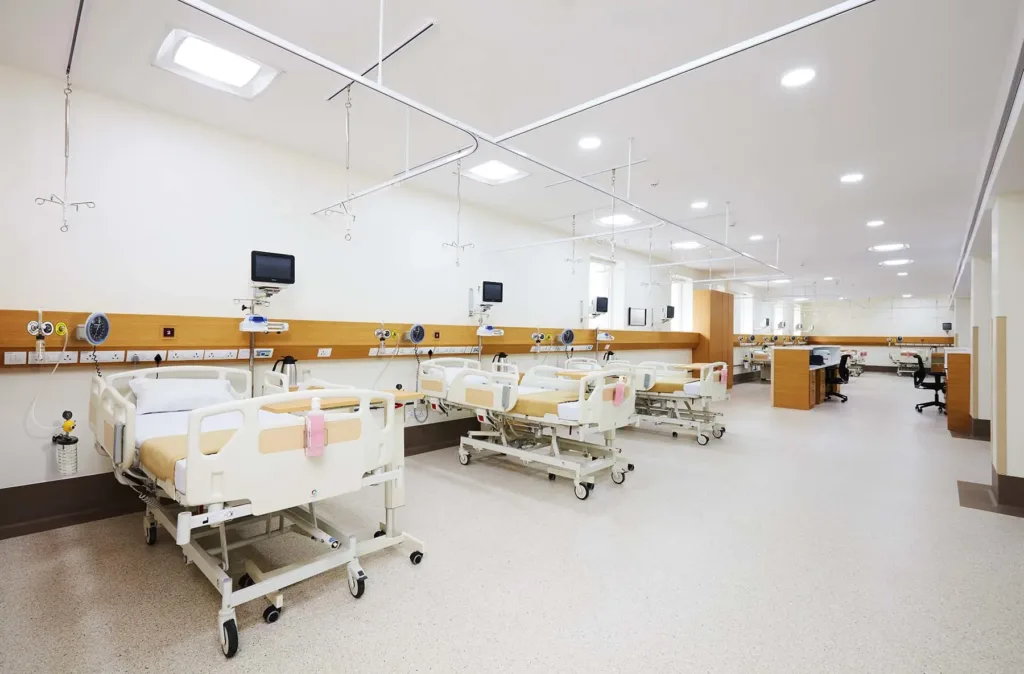
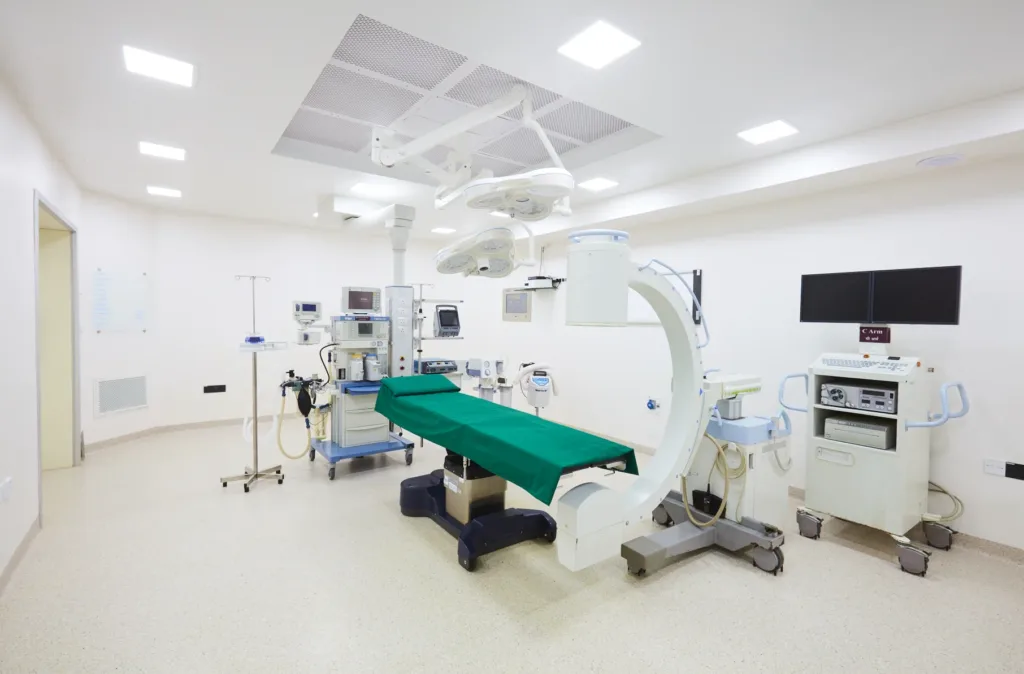
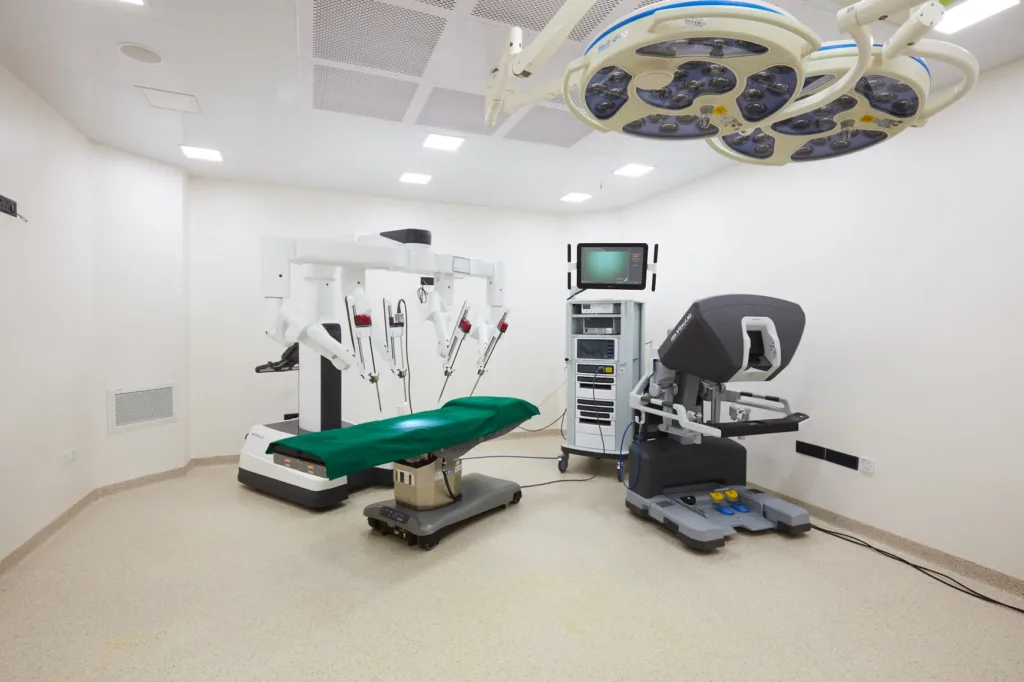
Accreditation:
NABH, NABL, NABH-MIS
Established:
1951
Beds:
350
Speciality:
Multi-Speciality
Key Features:
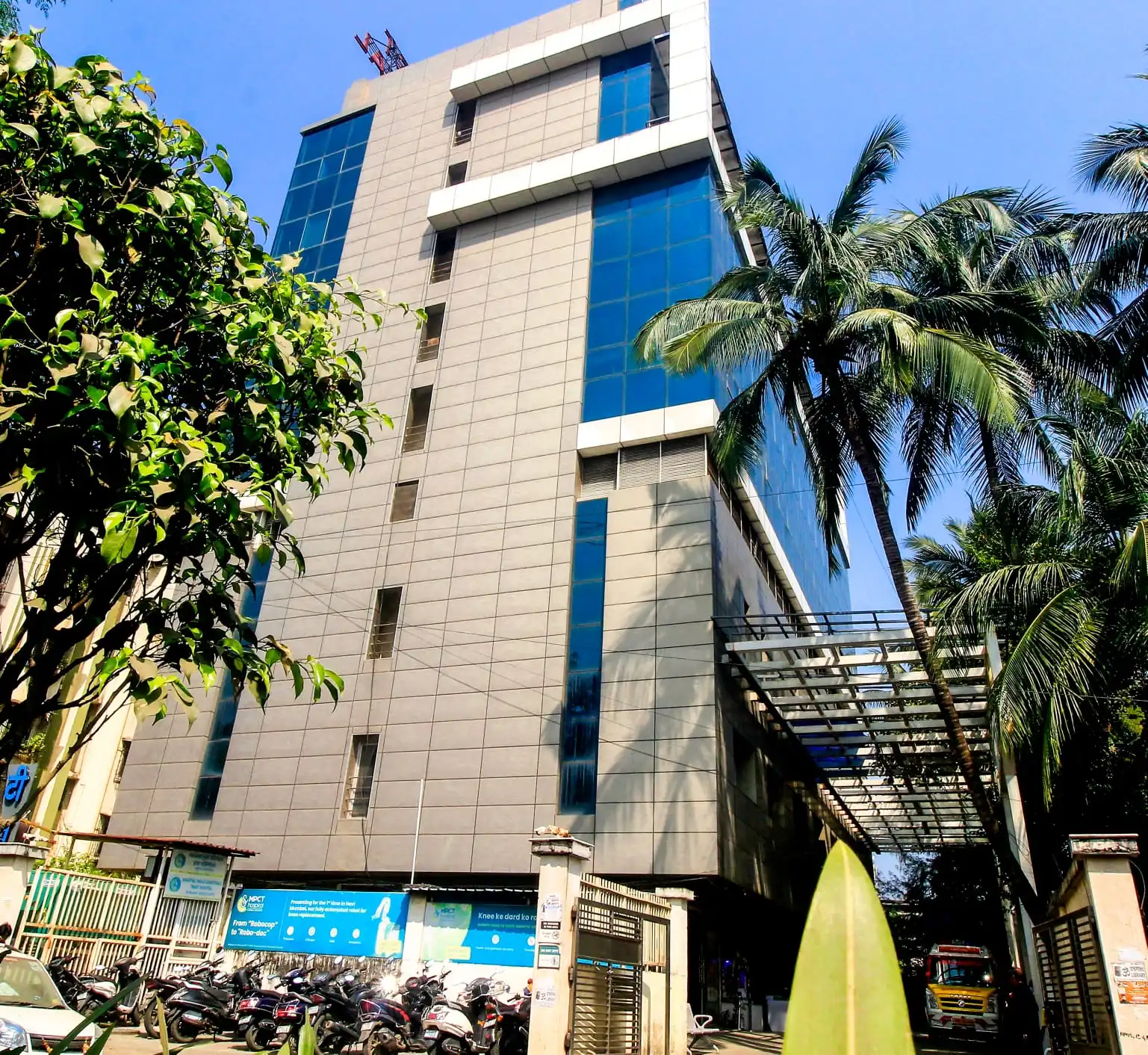

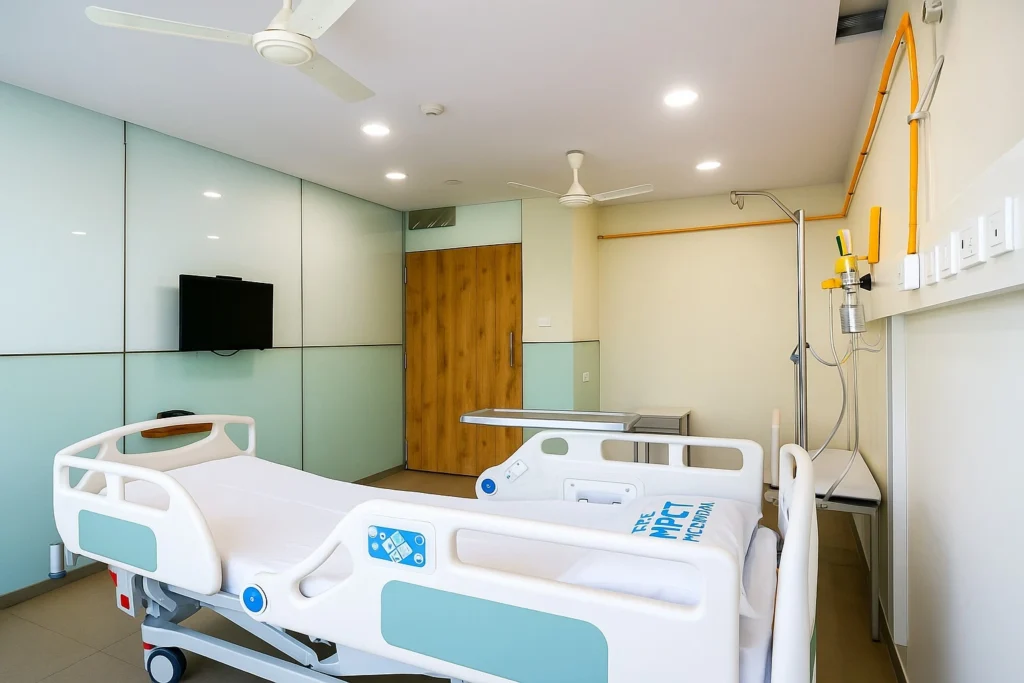

Accreditation:
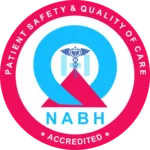
NABH
Established:
2020
Beds:
100+
Speciality:
Oncology
Key Features:
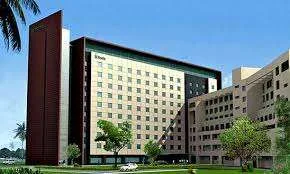




Accreditation:
JCI, NABH & NABL
Established:
2002
Beds:
400+
Speciality:
Multi-Speciality especially cardiac & orthopaedics.
Key Features:
Accreditation:
JCI, NABH & NABL
Established:
2007
Beds:
350
Speciality:
Neurosciences, Gastroenterology, Nephrology and Liver diseases.
Your Hassel-Free Journey to a Healthier Heart
Ready to Take the Next Step?
Your journey to affordable, world-class cardiac care starts with a simple conversation. Contact us for a free, confidential, and no-obligation quote and treatment plan from one of India’s top cardiologists.

